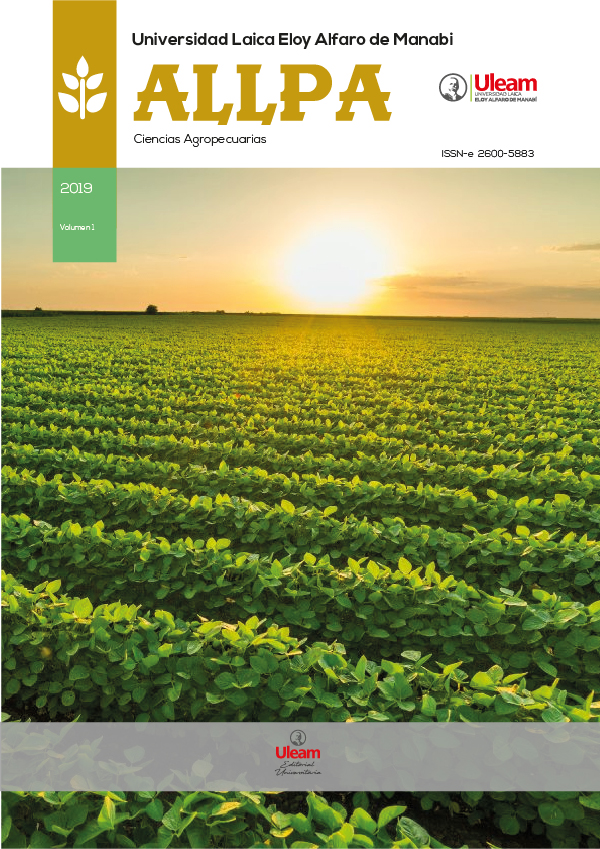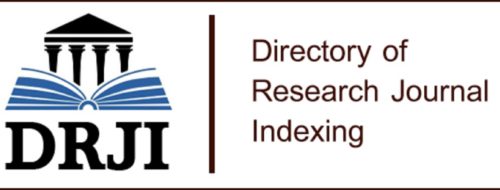Biological and cultural perceptions in the conservation of birds of prey focused on the uef domingo faustino sarmiento, Quito-Ecuador
DOI:
https://doi.org/10.56124/allpa.v5i10.0052Keywords:
Education, perceptions, beliefs, birds of prey, conservation, raising awarenessAbstract
Birds of prey play important roles in natural ecosystems that range from determining the structure and organization of biological communities to biological control of pests, on the other hand they also play a role in mythology and legends, it is at this point when perceptions or false beliefs generated by the human being, added to the lack of biological information can affect a species, therefore these dimensions influence its protection and conservation, which leads us to propose the present study focused on evaluating false beliefs in around the group of birds of prey and how they affect their conservation, so that they allow the development of an educational strategy in order to make society aware of their care and protection, the research was carried out in the city of Quito, a survey was applied from of a population sample at the family level, interviews were conducted to obtain the cultural perception he ancestral of the avifauna, which will later guide the bias that it has with the current cultural perception in young people, at the end and based on the data obtained, an educational strategy that intends to integrate the faunal knowledge of the student body will be recommended, keeping in mind the cultural context where these take meaning and meaning, in order to establish ways and means to incorporate them into biological education, in such a way that they do not lose cultural knowledge or ignore the biological role played by this group of birds.
Keywords: Education, perceptions, beliefs, birds of prey, conservation, raising awareness.
Downloads
References
Bermúdez, G., Battistón, L., & García, L. (. (2015). ¿Qué factores socio-culturales y geográficos influyen en el conocimiento de las especies animales? Un estudio con los alumnos del ciclo orientado de la escuela secundaria de Córdoba. Retos para la enseñanza de la biodiversidad hoy. Aportes para la formación docente Edition: 2015, 327.
Centro de Estudios Agrarios y Ambientales (CEA)-Valdivia. (23 de 09 de 2021). ceachile. Obtenido de ceachile: http://www.ceachile.cl/rapaces/index.htm
Costa, E. M. (2009). Manual de etnozoología. Una guía teórico-práctica para investigar la
Gregorio, L. (2008). TRAEN A MENDOZA EL ÁGUILA QUE SERÁ LIBERADA. TRAEN A MENDOZA EL ÁGUILA QUE SERÁ LIBERADA (pág. 1). Mendoza: Fundación Bioandina.
Guerrero, M. (2007). Mitología de Aves Rapaces. ENLACE Nº67, 8-10.
König, C., Weick, F., & Becking, J. (1999). A guide to the owls of the world. Yale University Press, New Haven.
Möller, P., Muñoz-Pedreros, A., & Gil, C. (2004). PROGRAMA DE EDUCACION AMBIENTAL Y AVES RAPACES. CEA Ediciones, Valdivia, 386 pp.
Raimilla, V., & Rau, J. (2017). PERCEPCIONES HUMANAS SOBRE LAS AVES RAPACES: UNA REVISIÓN SINÓPTICA CENTRADA EN LAS COSTUMBRES. Hornero 32(1), 139–149.
Schimel, J. (2012). Writing science: how to write papers that get cited and proposals that get funded. New York: Oxford University Press.
Vargas, M. (2009). Patrimonio zoocultural: El mundo animal en las expresiones tradicionales de los pueblos. En E., Neto, D. Fita y M. Clavijo (Coords.), Manual de etnozoología. Una guía teórico-práctica para investigar la interconexión del ser humano con los animales. https://www.researchgate.net/profile/Erendira_Cano-Contreras/publication/310507403_Cap_4_Cosmovision_y_Etnozoologia_Cap_final_Etnobiologia_para_que_para_quien/links/5830b36608aef19cb817f904/Cap-4-Cosmovision-y-Etnozoologia-Cap-final-Etnobiologia-para-que-.
Published
How to Cite
Issue
Section
License
Copyright (c) 2022 Revista de Ciencias Agropecuarias ALLPA. ISSN: 2600-5883.

This work is licensed under a Creative Commons Attribution-NonCommercial-ShareAlike 4.0 International License.


.jpg)










